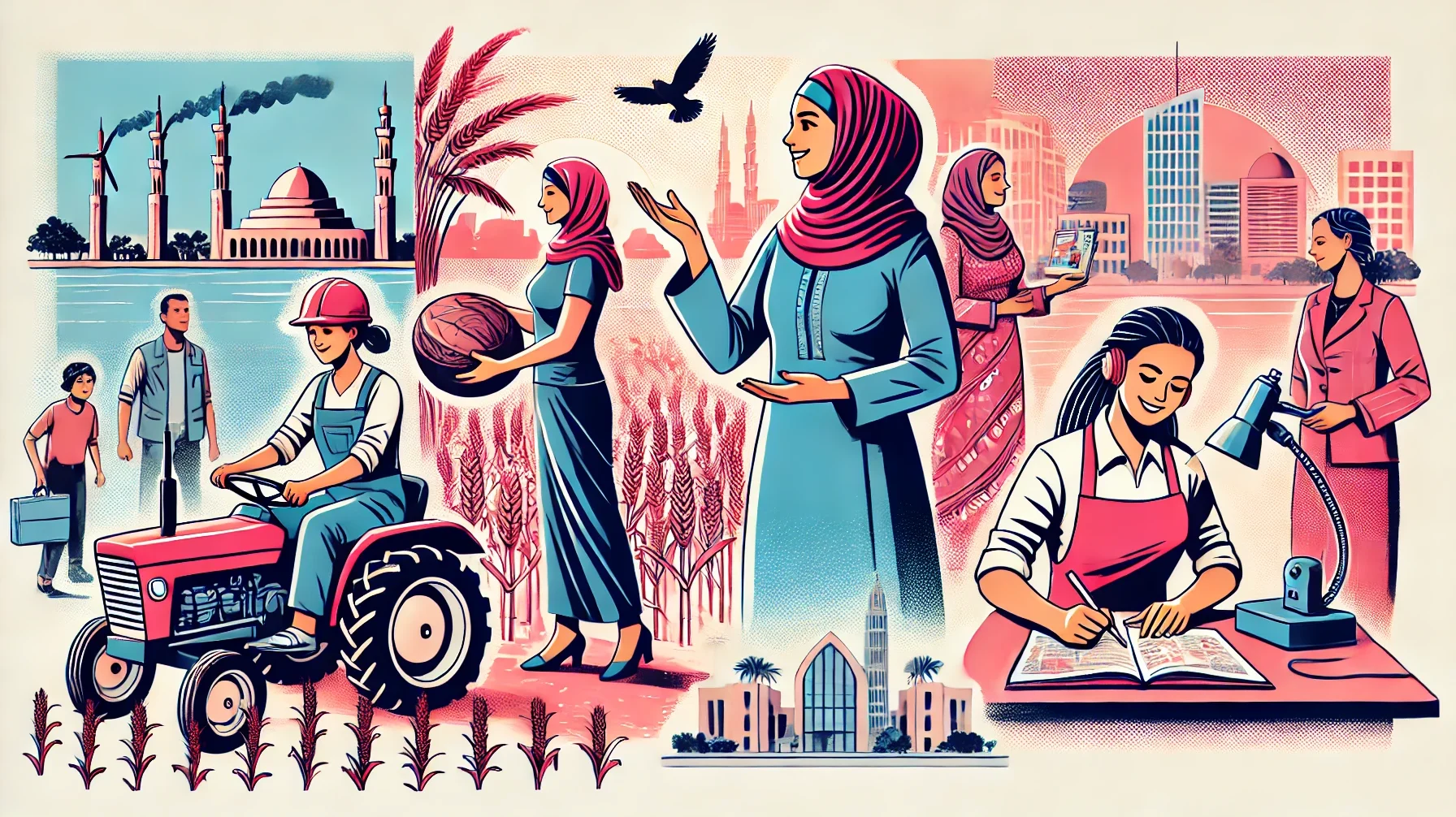El Watan, Egypt, July 19
Western standards of women’s empowerment are not successful in all contexts when applied to Egyptian women. However, the criteria can make sense if the goal is to empower Egyptian women by recognizing their important social role and helping them advance without neglecting their responsibilities. Whether they are primary breadwinners, financial partners or heads of households, whether they are daughters, wives, mothers or sisters, Egyptian women must forge a path of their own. In this context, three stories of pioneering women who championed women’s issues in their own ways come to mind. The first story is that of the late Nawal El Saadawi, an Egyptian feminist writer and activist whose influence on educated women seeking liberation cannot be underestimated, whether one shares her views or not. El Saadawi’s commitment, often marked by a rebellious streak, struck a chord with Egyptian women who longed for change. I once heard El Saadawi recount that the illiterate women she encountered in her village of Kafr Tahla were more open to her ideas than their educated urban counterparts. She attributed this openness to the fact that these village women were not influenced by the orthodox and conservative interpretations often propagated by religious texts, outdated stories or ancient events. Educated women, on the other hand, could absorb these through reading or the media, reinforced by classes in mosques and churches. For El Saadawi, uneducated women were unencumbered by the restrictive ideas of others and were free from male-dominated ideas that did not take their immediate interests into account. Such perspectives aim to integrate women into contemporary society, save them from marginalization and involve them in meaningful work. Instead, these ideas cling to outdated perceptions and ignore that society has progressed, leaving many once-solid opinions behind. The second story comes from writer Amina Shafiq, an activist heavily involved in Egyptian civil society organizations. During numerous visits to rural Egypt, she spoke to peasant women and educated girls. Shafiq humorously described how urban women went to rural areas to educate women about their rights, often without understanding their basic needs – such as the simple but crucial issue of hygiene. Shafiq was amazed at how these women coped without toilets in their homes and had to relieve themselves in the fields until nightfall. This was in stark contrast to their men, who could do so outdoors during daylight hours. Although this harsh reality has improved in most villages, it serves as a stark reminder of the discrepancy between the goals of women’s organizations and the real needs of women on the ground. The third report concerns Dr. Hoda Badran, a sociology professor at Helwan University who founded the Arab Women’s League and later headed the Egyptian Women’s Union. Badran’s commitment went beyond theoretical education; she also addressed practical needs. In North and South Sinai, she initiated small projects such as embroidery and shrimp peeling that provided income-generating opportunities for local women. Under her guidance, Bedouin women produced goods that not only gave them a sense of purpose but also helped meet the needs of their families. These stories together underscore a significant gap in the women’s movement in Egypt: the lack of consideration of the unique social and living conditions of Egyptian women. This omission is a mistake that must be addressed immediately. Women’s organizations must emphasize practical solutions alongside theoretical frameworks to truly improve the living conditions of women in Egypt, especially given the urgent need for such improvements in the country. —Ammar Ali Hassan (translated by Asaf Zilberfarb)





